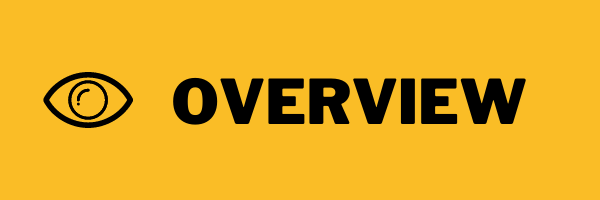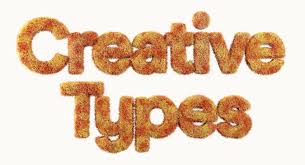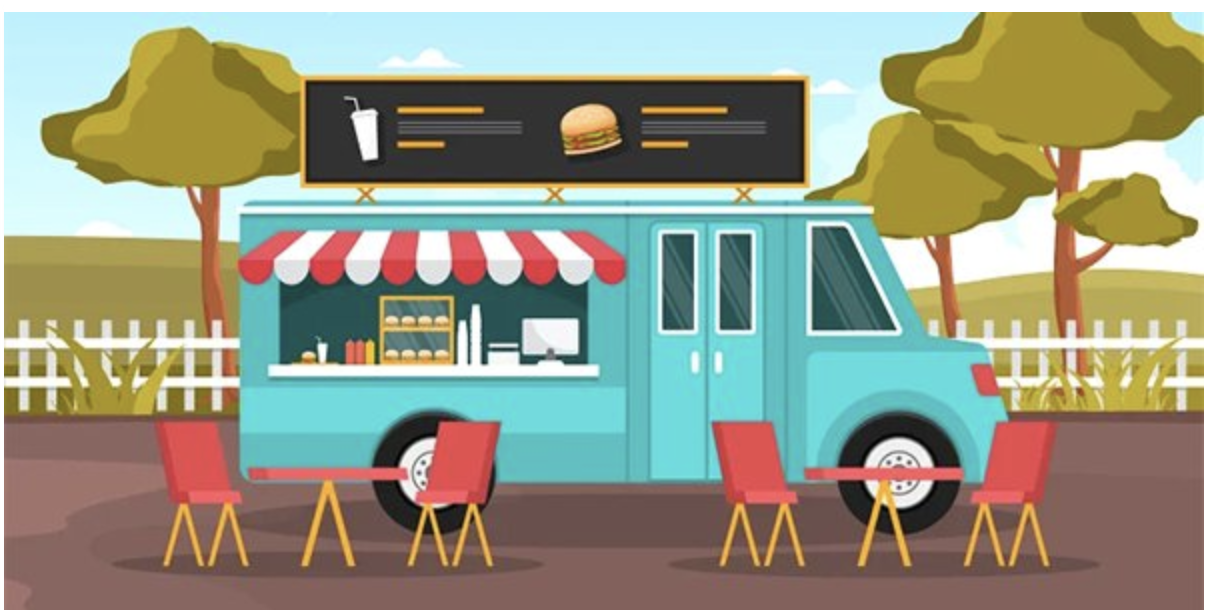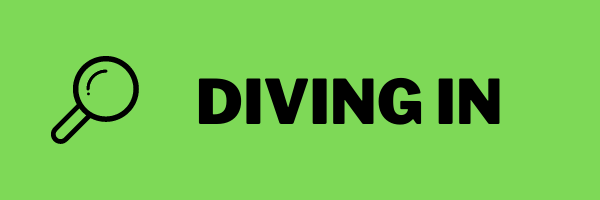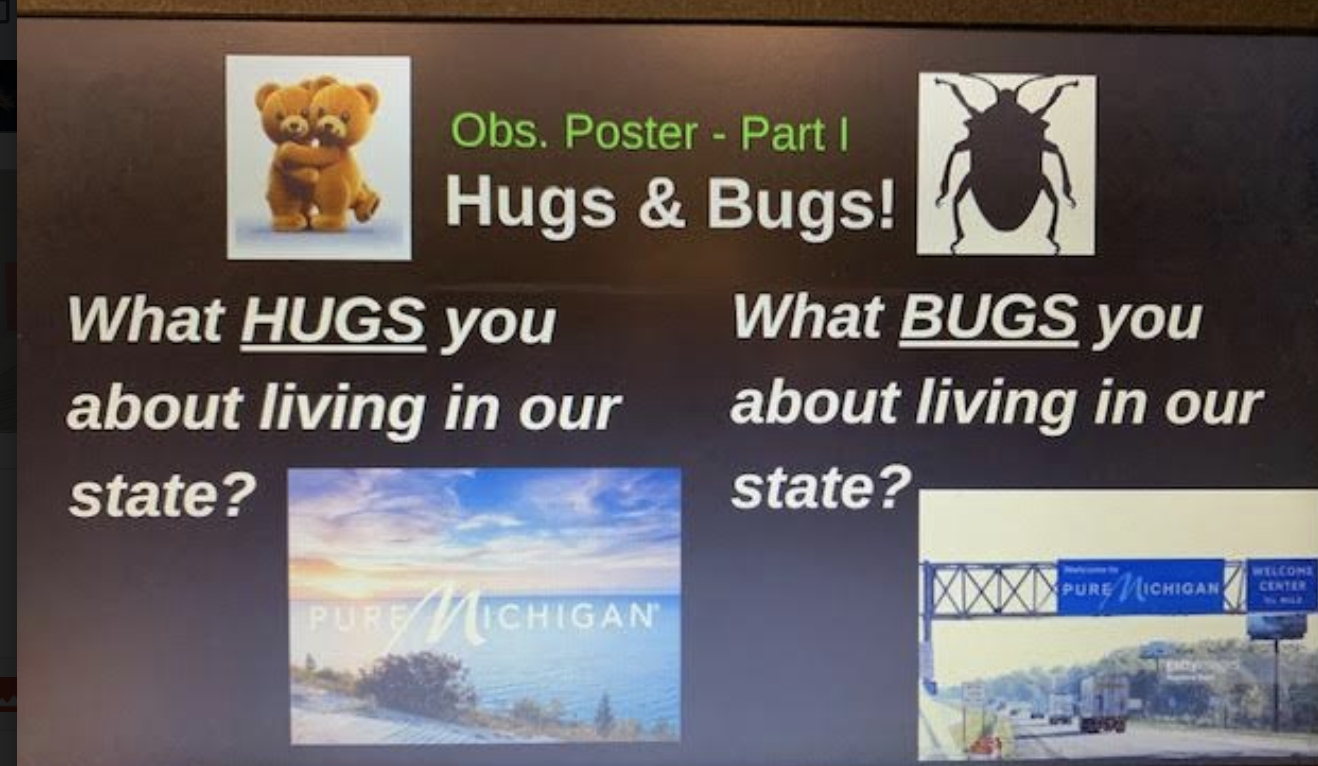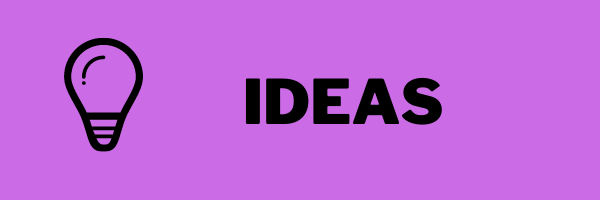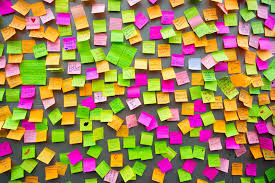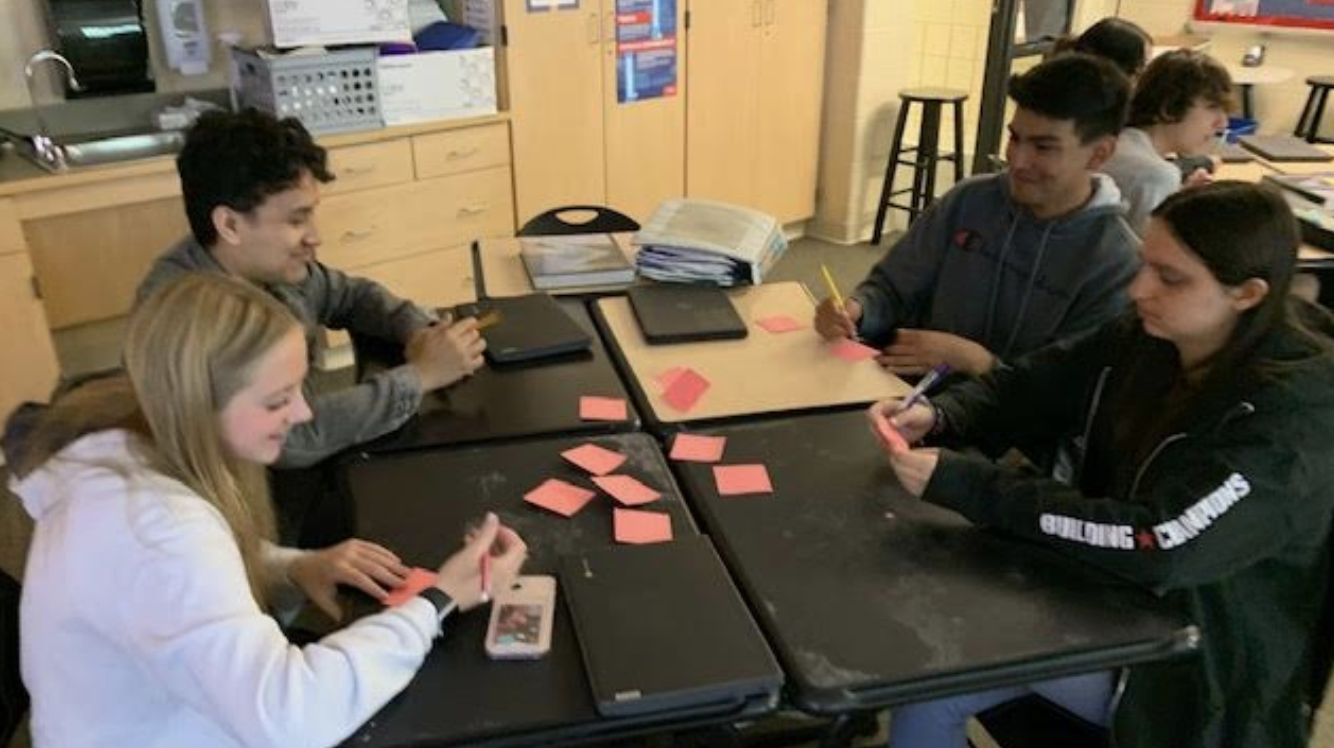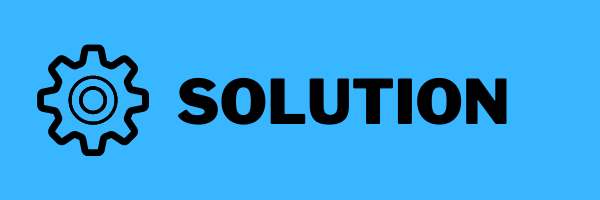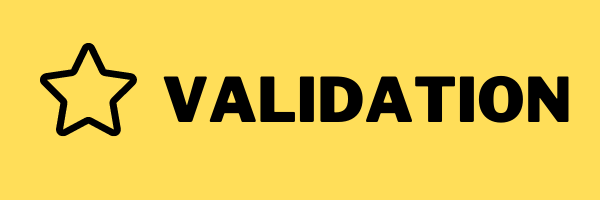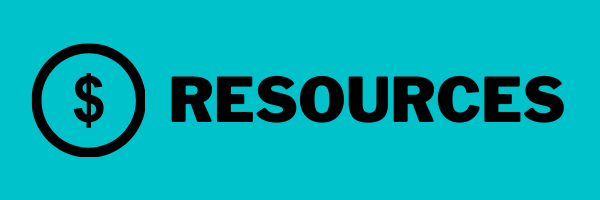Pure Michigan - Reimagined
By: Kristen Renes
By: Kristen Renes
Project at a Glance :
This project is intended for a high school U.S. Government class (9th - 12th grade). Students will explore the concept of Federalism (division of power between the different levels of government in the U.S.) with emphasis on state and/or local government. In teams, students will use the Creative Sequence as they look for ways to solve a local/statewide problem by exploring various solutions and how different levels of government could help with the solution. Additionally, the project focuses on a variety of Civics standards and effective citizenship skills. This is approximately a 12 class period unit.
Driving Question:
How can “federalism” (divided powers of the national, state, or local governments) best help Michigan recruit and retain residents?
|
Standards:
|
Stakeholders:
|
Incubation:
|
|
Solution Building:
|
Authentic Audience:
|
Click here for teacher's full plan.
Reflection and Feedback:
|
|
Meet the Educator:
Kristen Renes is a former Social Studies 9-12th teacher from West Ottawa High School, and is currently a Social Studies consultant at the Muskegon Area ISD. “I am passionate and eager to bring in as much relevance as possible to my teaching and students’ learning. The Design Thinking approach is a fantastic vehicle to do just that and so much more!” |
